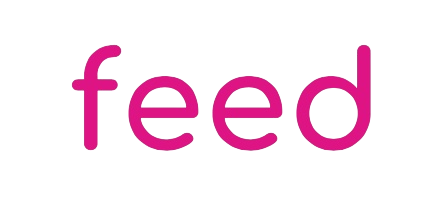
Pump & Dump
If it’s not suitable for you to give your breastmilk to your baby for an period of time you can pump and dump to help maintain your milk supply throughout treatment, so you can continue breastfeeding afterwards.
While we can talk about pumping till the cow’s come home, we aren’t the experts on cancer, so please speak to your health care professional about feeding options during treatment.
What is Pump & Dump?
Pump and dump refers to the removal of breastmilk from the breast by manual or electric expressing (pumping) and disposing of the milk due to it being unsuitable for use to feed your infant, usually due to it being contaminated in some way (dumping). It’s quite a common technique used by Mums for short periods of time in certain situations to maintain milk supply.
To pump and dump simply follow our guidance on expressing breastmilk and then discard your milk. It can feel a bit heartbreaking to pour your breastmilk down the sink so remember to be kind to yourself during this process.
What are the positives to pumping and dumping?
If you want to continue breastfeeding, but there is a short time where your milk will be unsuitable for your baby or you will be unable to breastfeed, then pumping will allow you to keep up your milk supply during the treatment. This means that when your treatment is complete, and your milk is safe for your baby, you can recommence breastfeeding if desired.
What are the drawbacks of pumping and dumping?
Firstly, expressing or pumping is usually not as effective at removing milk from the breast as your baby is, so it’s likely that your milk supply will take a hit. The risk of this happening gets higher the longer you express, although some women feed their babies exclusively by expressing and feeding, so this won’t be the case for everyone.
Secondly, pumping and dumping is recommended for treatments that are of short duration only. It will be up to you and your health care professional to discuss this but it is likely pump & dump will only be suitable in a small number of circumstances, so be prepared to think of a plan B.
It’s also important to note that expressing breastmilk in a way that maintains your milk supply requires regular sessions each day. This is not a menial task, and it’s absolutely normal to find that it is just too much even when you are not having medical treatment. You may find it gives you a positive focus, but equally, it might take too much of a toll on your energy levels in which case it is absolutely okay to put that plan B into action.
A word of caution on isotope therapy
Isotope therapy ues radioactive material as a treatment to kill cancer cells. If you are recieving systemic (entire body) isotope therapy, your bodily fluids will be radioactive, including your breastmilk. Patients receiving isotop therapy are asked to be careful around going to the toilet as urine can pose a risk to vulnerable people, such as children. As pumped breastmilk would also pose a risk to others in your household, pumping during isotope therapy is not advised.
What are my options if I can’t pump and dump?
While it may feel like you have little choice, there are some options you might be able to explore depending on your circumstances. If your diagnosis has occurred once breastfeeding has already been established, there may be an option for you to express breast milk and store it prior to treatment starting. This would allow you to have a small stash to help with the transition to another feeding method.
Depending on where you live and the age of your baby, donor milk might be an option. Formula feeding is another good option for infants under 12 months of age, when they reach 1 year old they can be moved onto cow’s milk.
You can feed your baby any combination of your own expressed milk, donor breastmilk or formula milk. Starting with one option and changing to another is also completely okay for your baby.
Thanks to Dr Jim Parry, Specialty Trainee in Medical Oncology.



